
A vibration sensor is a device used to measure the vibration of an object. It can convert the object vibration into the corresponding electrical signal, and process and analyze these signals through the circuit to obtain information about the vibration. Vibration sensors are widely used in various fields, including mechanical engineering, aerospace, construction engineering, energy industry, etc.
Vibration sensor plays an important role in motor monitoring. Motor is the core component of various mechanical equipment, by converting electrical energy into mechanical energy to drive the operation of other equipment. However, the motor will produce vibration during operation, which may be caused by unbalance, bearing damage, loose connections and other reasons. If these problems are not found and solved in time, it will lead to motor failure, equipment damage and even production interruption.
Vibration sensors can be installed on the shell or inside the motor to monitor its operating status by measuring the vibration of the motor. Specifically, vibration sensors can provide the following information:
1. Vibration amplitude: Vibration sensor can measure the amplitude of motor vibration, that is, the maximum offset of vibration. By monitoring the change of vibration amplitude, we can judge whether the motor has abnormal vibration.
2. Frequency analysis: The vibration sensor can decompose the vibration signal into components of different frequencies. Through the analysis of these frequency components, the characteristic frequencies of different fault types can be determined, to determine whether the motor has a fault.
3. Speed measurement: The vibration sensor can calculate the speed of the motor by measuring the frequency of the vibration signal. This is very important to determine whether the motor is within its normal operating range.
4. Fault diagnosis: The vibration sensor can compare the collected vibration signal with the preset fault mode, to determine whether the motor has a fault and provide the corresponding diagnostic information.
The application of vibration sensor in motor monitoring mainly has the following aspects:
1. Fault warning: By monitoring the change of motor vibration, potential signs of failure can be found in time, and maintenance measures can be taken in advance to avoid the occurrence of failure.
2. Fault diagnosis: Through the analysis of the motor vibration signal, the type and severity of the motor fault can be judged to provide a basis for maintenance.
3. Operating status monitoring: Through continuous monitoring of motor vibration signals, you can understand the operating status of the motor, including speed, load and other information, to optimize operation and fault prevention.
4. Data analysis and prediction: Through the statistics and analysis of vibration data, the motor vibration model can be established, the life and maintenance cycle of the motor can be predicted, and the reliability and efficiency of the equipment can be improved.
In short, vibration sensors play an important role in motor monitoring, which can help us find signs of motor failure in time, ensure the normal operation of equipment, reduce maintenance costs, and improve production efficiency.
The Products You May Be Interested In
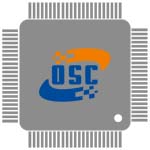 |
ATS030A0X3-42SRPHZ | MODULE DC DC CONVERTER | 334 More on Order |
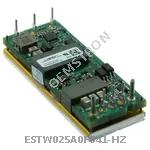 |
ESTW025A0F641-HZ | DC DC CONVERTER 3.3V 83W | 250 More on Order |
 |
APXH012A0X43-SRZ | DC DC CONVERTER 0.6-3.63V 44W | 276 More on Order |
 |
LW020F | DC DC CONVERTER 3.3V 20W | 113 More on Order |
 |
LC010BK | DC DC CONVERTER +/-12V 15W | 289 More on Order |
 |
QBDW033A0B641-PHZ | DC DC CONVERTER 12V 400W | 150 More on Order |
 |
PNVX002A0X3-SRZ | DC DC CONVERTER 0.6-5.5V 11W | 385 More on Order |
 |
ATA016A0X3Z | DC DC CONVERTER 0.8-5.5V 88W | 1260 More on Order |
 |
CY7C1320KV18-333BZC | IC SRAM 18M PARALLEL 165FBGA | 480 More on Order |
 |
CY7C1360S-166BZC | IC SRAM 9M PARALLEL 165FBGA | 104 More on Order |
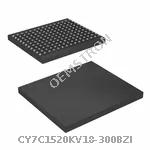 |
CY7C1520KV18-300BZI | IC SRAM 72M PARALLEL 165FBGA | 136 More on Order |
 |
CY7C1418BV18-250BZI | IC SRAM 36M PARALLEL 165FBGA | 259 More on Order |
 |
CY7C131-15NXI | IC SRAM 8K PARALLEL 52PQFP | 100 More on Order |
 |
CY7C1165V18-400BZXC | IC SRAM 18M PARALLEL 165FBGA | 379 More on Order |
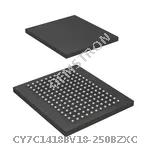 |
CY7C1418BV18-250BZXC | IC SRAM 36M PARALLEL 165FBGA | 412 More on Order |
 |
CY7C1414AV18-200BZXC | IC SRAM 36M PARALLEL 165FBGA | 169 More on Order |
 |
CY7C1370D-200BGXC | IC SRAM 18M PARALLEL 119PBGA | 208 More on Order |
 |
CY7C1041DV33-10BVIT | IC SRAM 4M PARALLEL 48VFBGA | 249 More on Order |
 |
CY7C144-15AXIT | IC SRAM 64K PARALLEL 64TQFP | 247 More on Order |
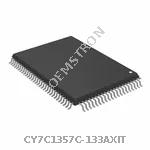 |
CY7C1357C-133AXIT | IC SRAM 9M PARALLEL 100TQFP | 431 More on Order |
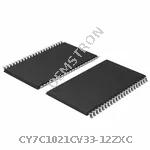 |
CY7C1021CV33-12ZXC | IC SRAM 1M PARALLEL 44TSOP II | 408 More on Order |
 |
CY7C1512KV18-250BZCT | IC SRAM 72M PARALLEL 165FBGA | 272 More on Order |
 |
CY7C1079DV33-12BAXIT | IC SRAM 32M PARALLEL 48FBGA | 469 More on Order |
 |
CY7C1363C-133AXCT | IC SRAM 9M PARALLEL 100TQFP | 493 More on Order |

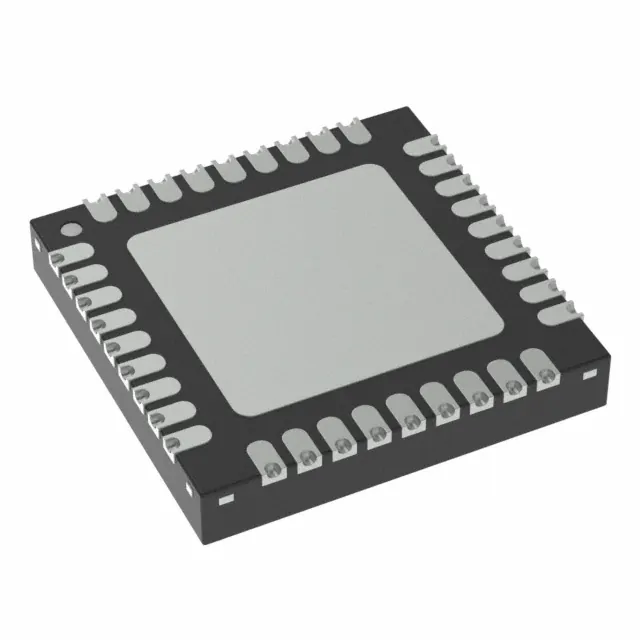 Semiconductors
Semiconductors









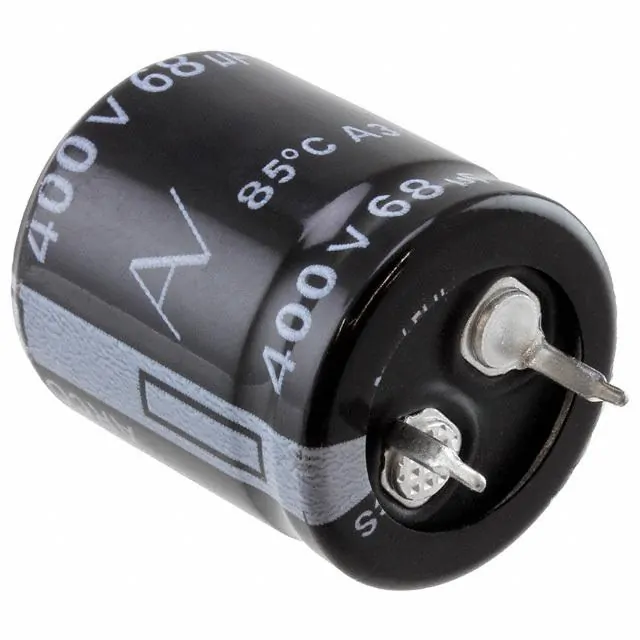 Passive Components
Passive Components









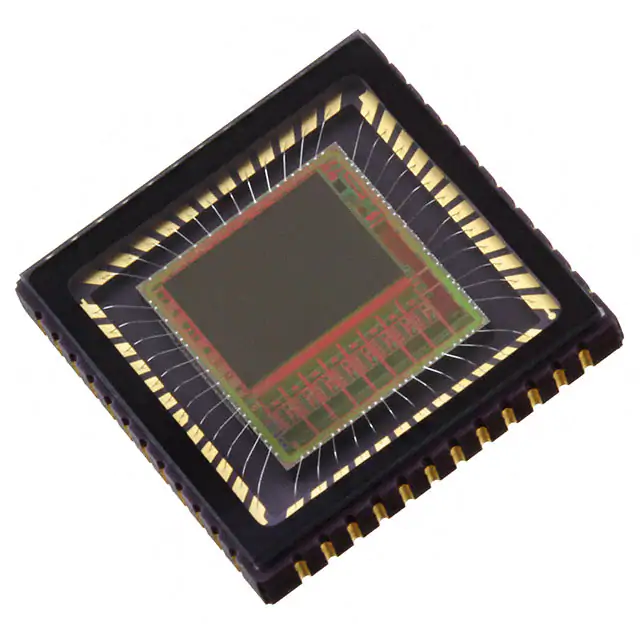 Sensors
Sensors








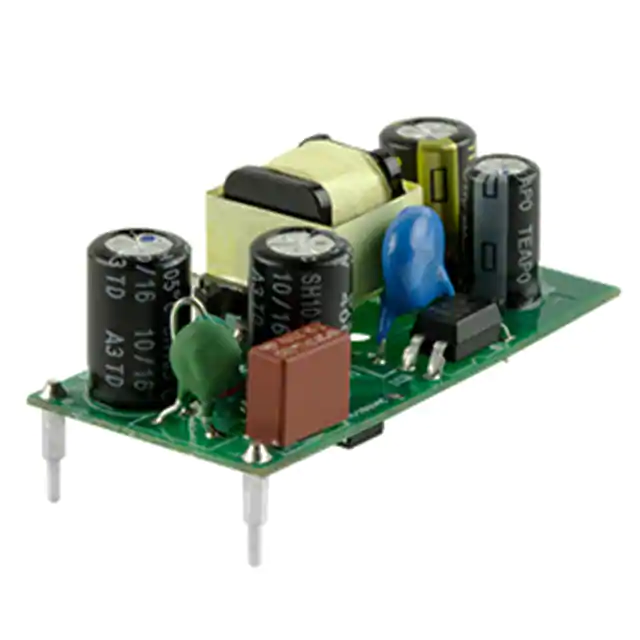 Power
Power









 Optoelectronics
Optoelectronics








